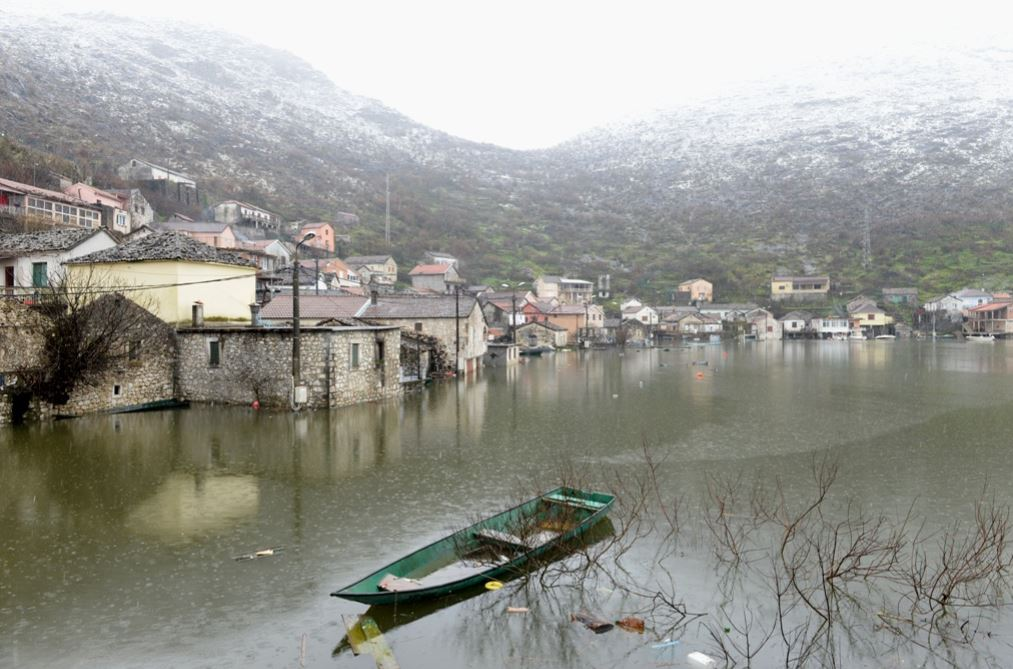The Drin basin Flood risk Management Strategy

The Drin riparians are increasingly exposed to the impact of climate change. They are experiencing increased periods of extreme heat in the Summer months and increased rainfall during the cooler seasons. According to long-term projections, the average annual temperature will increase by 2° C to 3° C by 2050 and precipitation will decrease in Summer, resulting in longer dry periods followed by more sudden heavy rainfalls. This combination increases the likelihood of floods as well as their destructive nature.
Historical flood data from the Western Balkans suggests a more frequent occurrence of flood events, characterized by more extreme and more rapid increase in water levels, attributed to an uneven distribution of precipitation and torrential rain, particularly over the last decade.
In Albania, the 2010 flood event resulted in $35 million USD in damages, while in Montenegro it resulted in $45 Million USD, most of which occurred in the downstream areas of the Drin Basin. Hence a minimum of $80 Million USD in damages resulted. The average expected losses for Albania per year are estimated to be around $3.2 million USD, which if prorated, would result in average annual damages of about $10 million basin wide.
However, despite increasing damages record, flood management in the Drin Riparians is still focused on controlling floods in terms of draining flood water as quickly as possible to the next water body, store flood water temporarily, or to separate the river from the population in terms of river engineering works. Another emphasis has been recently made on emergency response and recovery once a flood occurs.
Institutional framework for flood risk management in the Riparian countries is highly fragmented in terms of competencies and suffers from overlapping/conflicting responsibilities of institutions. Mandates need to be clarified at national and sub-national levels, with clear assignment of responsibilities among institutions. In addition, existing institutional capacities needs to be significantly straightened and improved to be able to implement sustainable flood management at national but also on the basin wide scale.
Basin wide policies need to be fully developed and implemented as well as comprehensive financial risk transfer mechanisms. Limited monitoring: non-reliable, non-harmonized and limited sharing of data among institutions within and between countries needs to be improved along with consultation and coordination mechanisms – to comprehensively address flooding at the basin scale.
This calls for paradigm shift: from traditional management of floods risk at national level to integrated management of the flood risk at the basin level.
This assignment will assist the Drin Riparians to move step further and enable them to address effectively flood risk management on integrated manner at the Basin scale by development of the Drin River basin FRM strategy (FRMS) and action plan (FRMP) following the principles of EU acquis and IFRM

.

